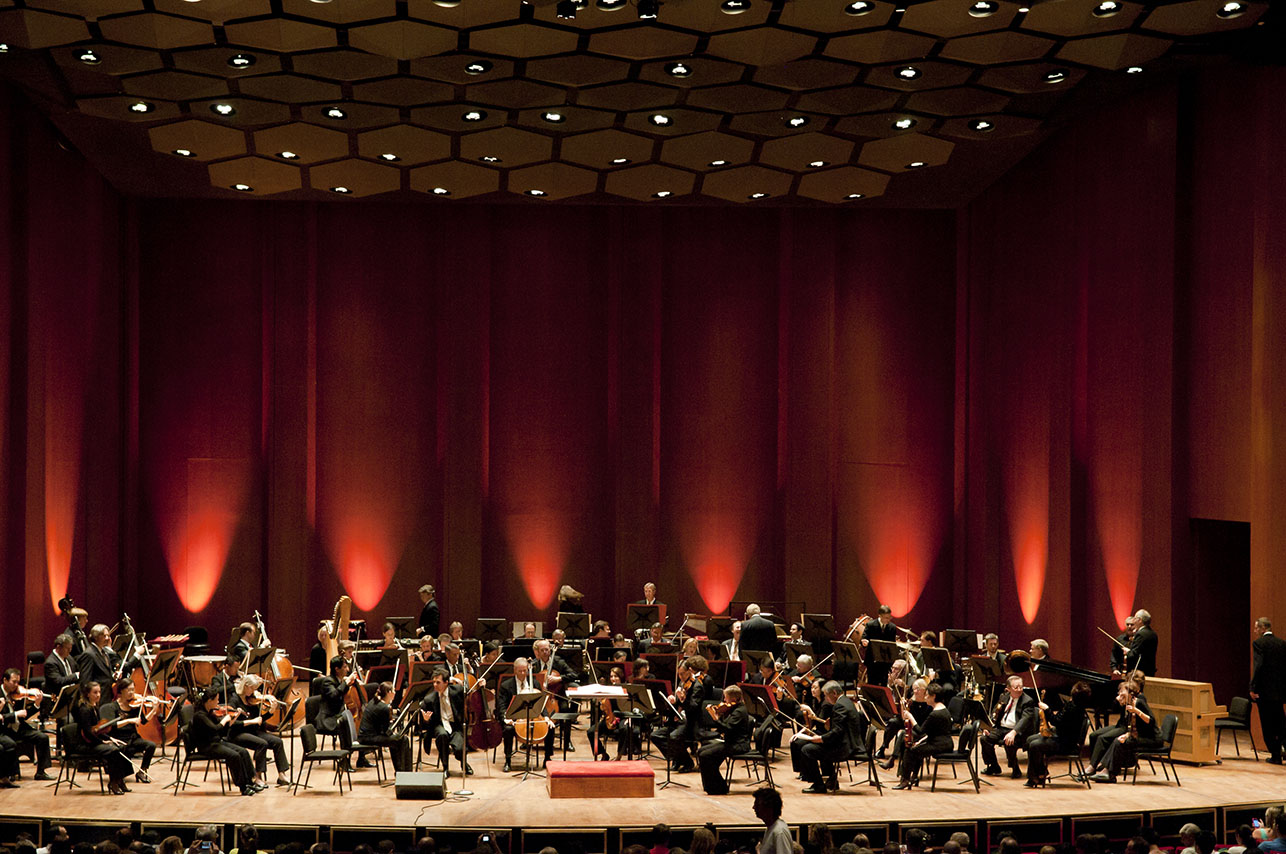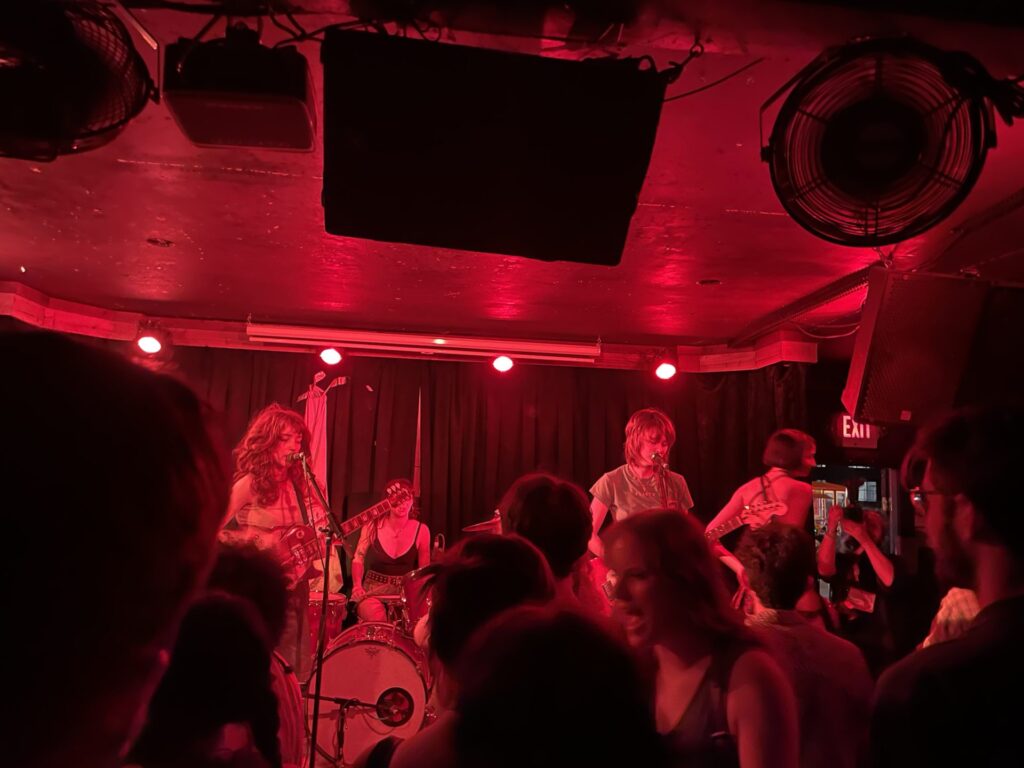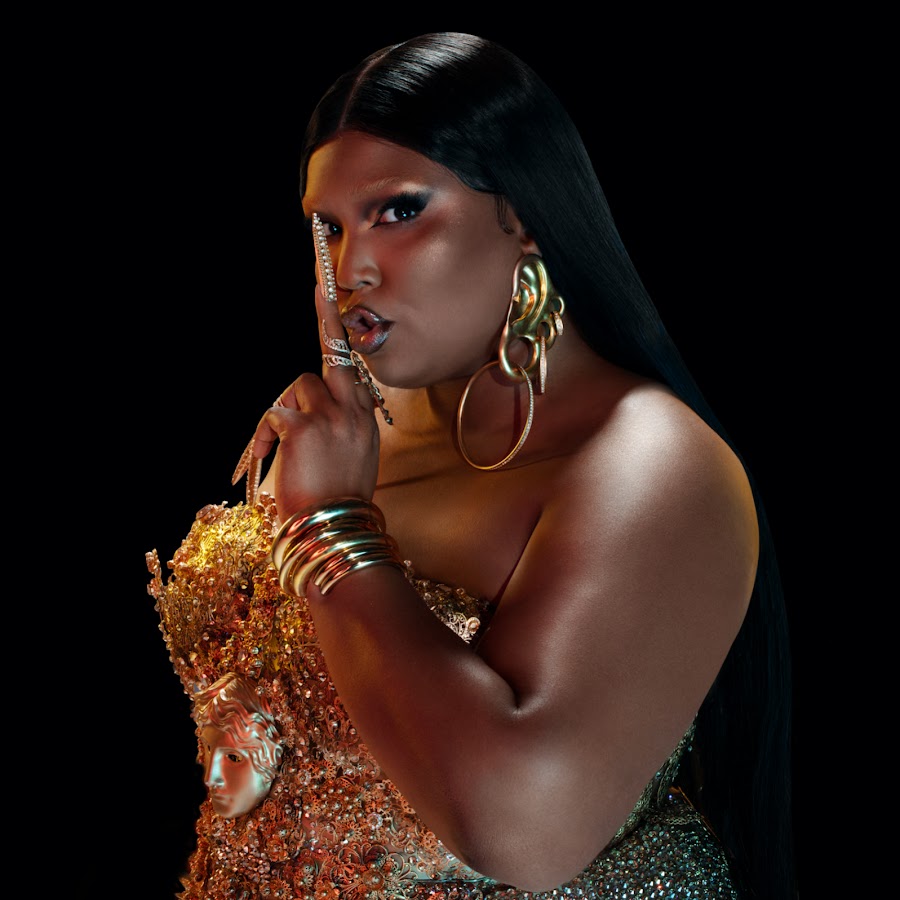Classical music is a strange genre. Whenever you go to a normal concert, you do it to watch a performance. You want your favorite artist to thrive on that stage playing your favorite songs. You want the communal euphoria of being with other fans as you sweat and scream in ecstasy.
Classical music is not that. Often, it is reserved and, admittedly, classist. You can’t take out your phone, you can only eat near the food stalls outside the hall, and due to the wide dynamic range of sound, it requires the occasional silence of the audience. As I looked around, I noticed most of the people were white, upper class, and old. On rare occasions, I saw a group of twenty-year-old’s, whose style of dress read more bohemian than old money. I saw children dragged by their parents wearing their Sunday best. I could not tell whether they enjoyed the performance or were just bored. The workers themselves were all minorities. Ushers were mostly older black women, while food retailers, bartenders, and baristas were young millennials.
They opened the concert with a speech by one of the Ukrainian musicians in the Houston Symphony and a surprise performance of the Ukrainian National Anthem. Even in this space, politics was unavoidable. It did seem to be appreciated by some, as someone yelled the phrase, “Slava Ukrani”, which translates to, “Glory to Ukraine”. Only then, did they commence with the program.
Each concert hall has its own unique acoustics. In Jones Hall, a lot of the bombastic punch is watered down due to the hall originally being a multipurpose room. Now, as the sole home of our orchestra, it suffers from its size and space. And this was the case with this concert.

It was performed by our local Houston Symphony, on March 13th, 2022, and was led by guest conductor, Lionel Bringiuer. The program was as follows:
Bedřich Smetana’s “The Moldau” from Má vlast
Toku Takemitsu’s Toward the Sea II
Sergei Rachmaninoff’s Symphony No. 2
It was inoffensive. He seemed to be more focused on carefully conducting each and every note on the page, while breezing a bit fast on the climaxes. Though, he did the rare thing of attending more on the wind and percussion. Strings have a tendency to take the limelight, as well as most of the stage.
On the other hand, this did allow him and the musicians to perform “The Moldau” with a light and airy feel. Often, interpretations overemphasize the more bombastic parts of the piece. Here, they focused on its fluffiness. It felt very much like how the program described it, “follow[ing] the Moldau river as it winds through Bohemia”.
The middle piece was much harder to decipher. It was one I had not heard before, and much newer. It introduced two guest soloists, principal harpist Megan Conley and associate principal flutist Matthew Rotstein, to the forefront. It felt more like an ambient piece more fitting to a natural environment than a concert hall. And it obscured when one movement ended and another began. Of all the performances, this was the most intriguing.
Overall, I could not separate the performance from its environment. The class differences are most stark here from the architecture to the audience. However, I’d be lying if I said I didn’t want to go again. I love classical music too much.


